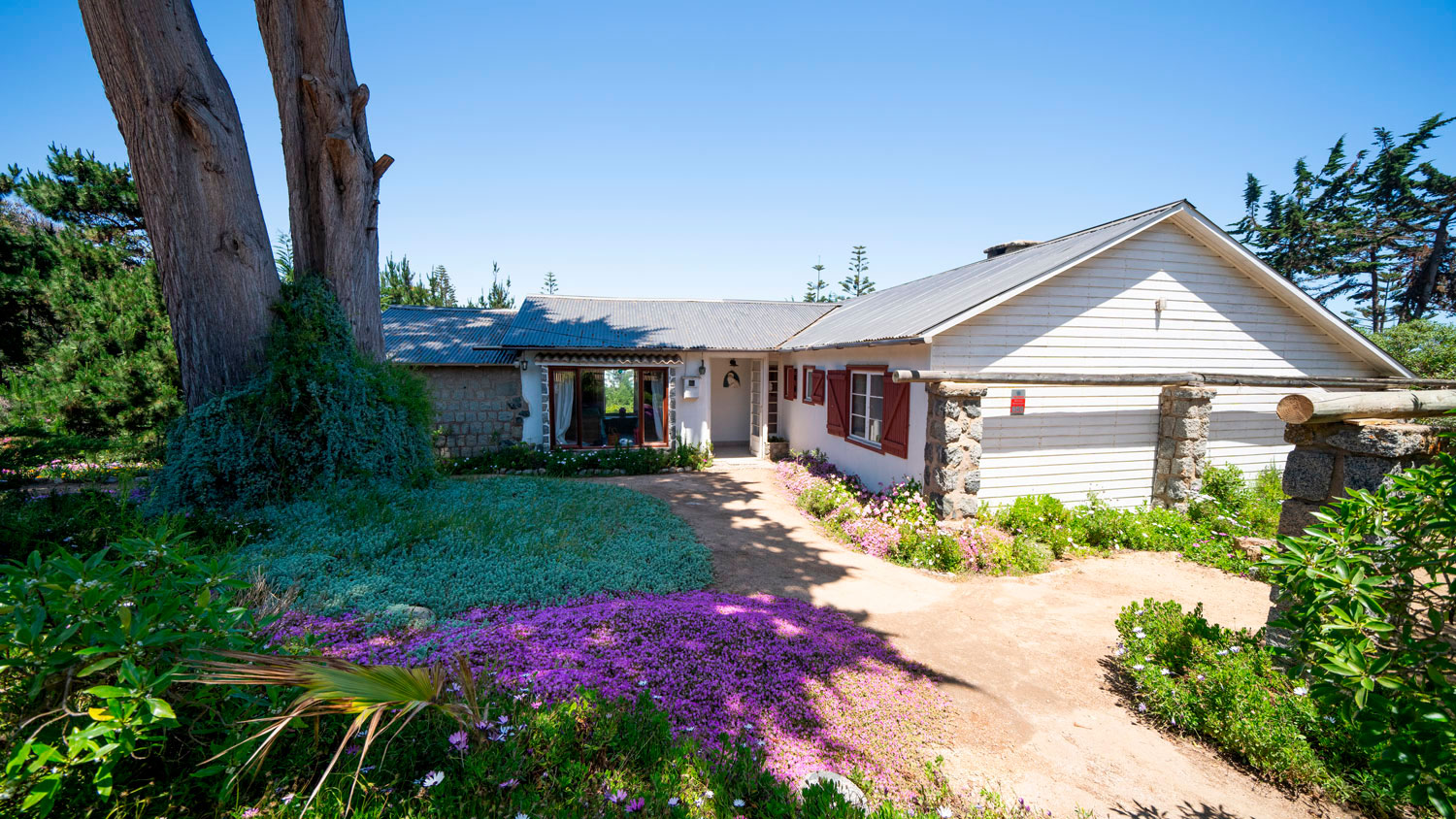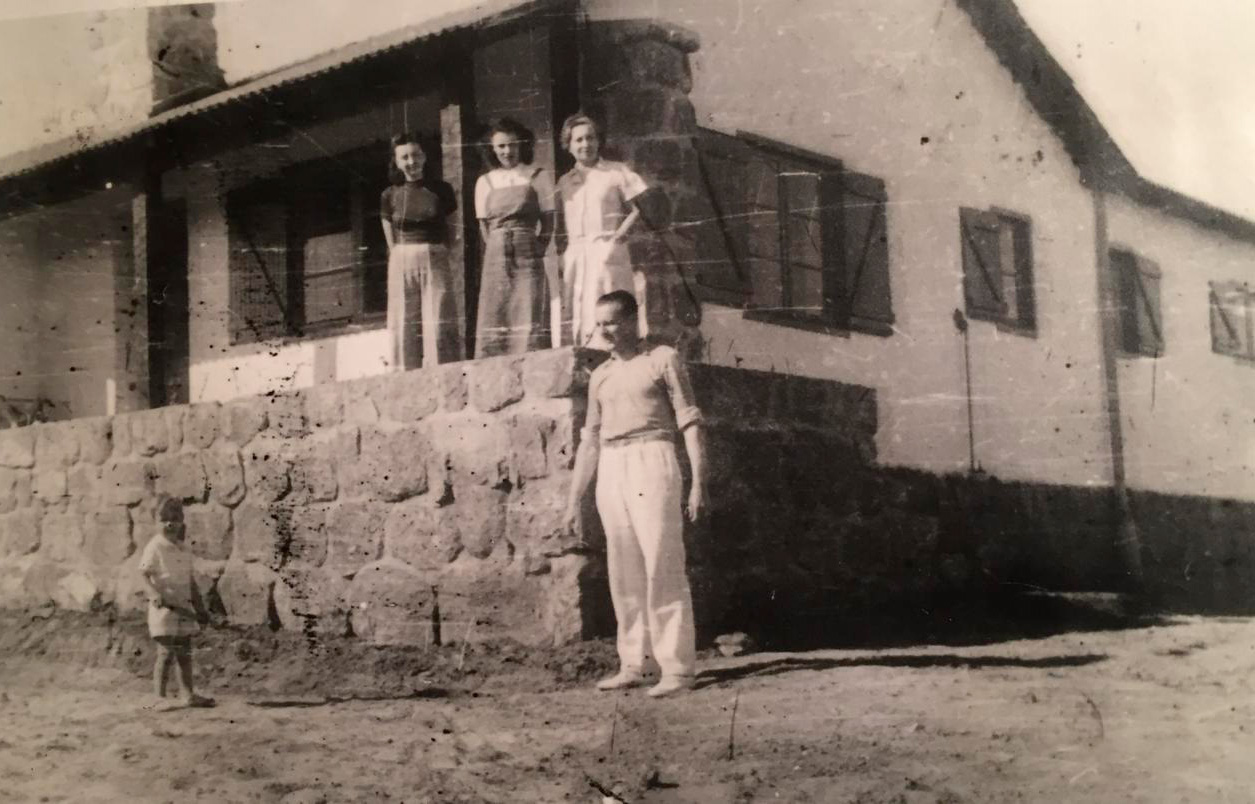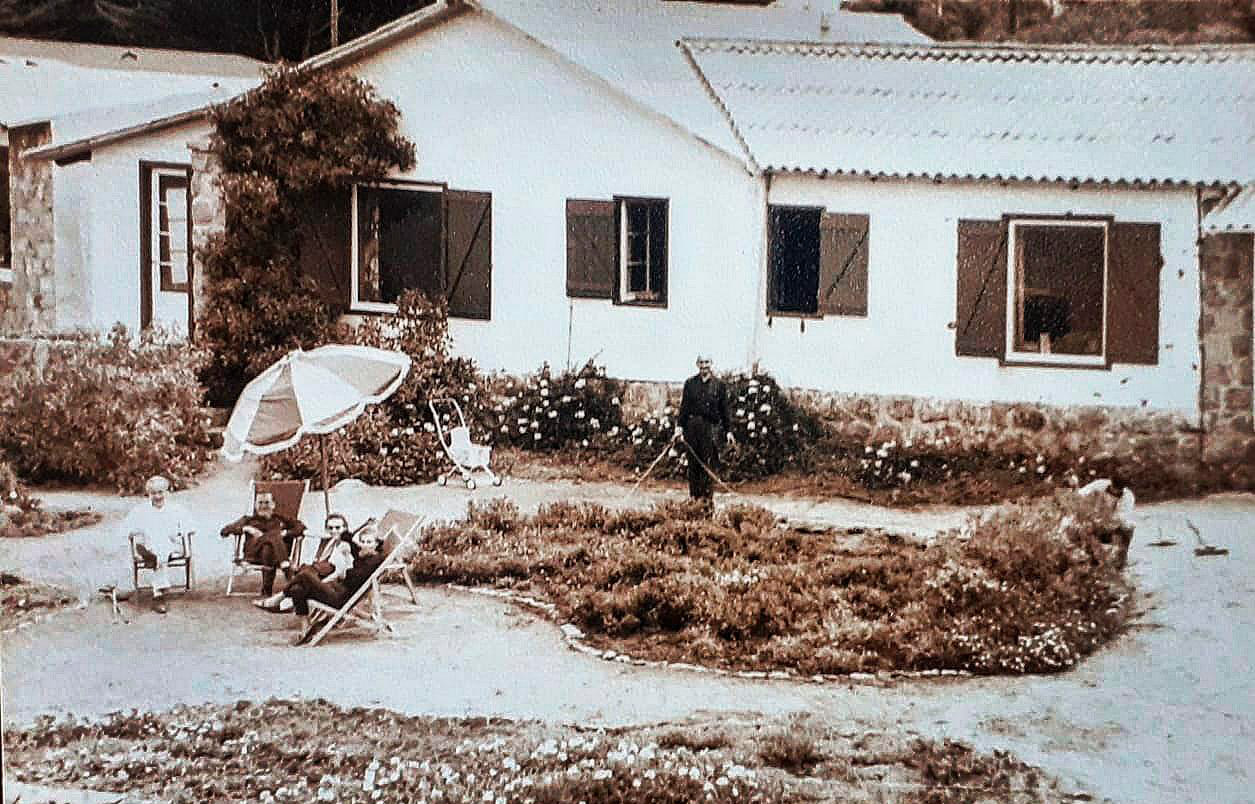Kurt & Mariró House


Isla Negra, before being baptized as such, had several names such as “Córdova”, for the creek that reaches the sea and bears that name, “Costa Azul” for the color of its waters, Las Gaviotas, as they are known to the birds that usually inhabit these coastal areas in search of crabs and small fish to feed on. The name change is authored by Pablo Neruda. The poet, after living for some time in the seaside resort, renamed the place with the nickname used by fishermen to identify this corner of the world, taking as reference the set of dark-colored rocks that rises meters from the coast. Isla Negra is not an island as such, we know, but once you are here you can feel as if it were.


The museum was not always a museum, it used to be a house. The house of the poet and diplomat Pablo Neruda and his wife the painter Delia del Carril. Neruda arrived from Europe in 1937 in search of peace and quiet to develop his poetic work, particularly to finish his work Canto Generala hymn to American history and nature. Pablo and Delia’s house, later Pablo and Matilde’s, was a meeting point for both islanders and prominent visitors from all over the world.


In those foundational years, Kurt and Mariró, he a Chilean-German and she an Argentinean-Italian, he an architect, she a landowner in the neighboring country, joined the group. The historian Carlos Rozas, known as “the navigator”, transformed them into characters in his chronicles. Visual artist, Anita Lagarrigue, portrayed María Rosa in a watercolor and a sculpture. In this way, and through their home and descendants, they seem to live forever. The couple shared time and space with the Nobel Laureate and his contemporaries, weaving together a story that still resonates today.
The Pablo Neruda House Museum, like Kurt’s and Mariró’s, is a refuge of dreams and memories, a record of past lives that holds the hope that those who visit will be excited and find the courage to create their own collections, stories and verses. We invite you to get to know it.
Alejandra Buchholtz Fontova,
granddaughter of Kurt and Mariró.



